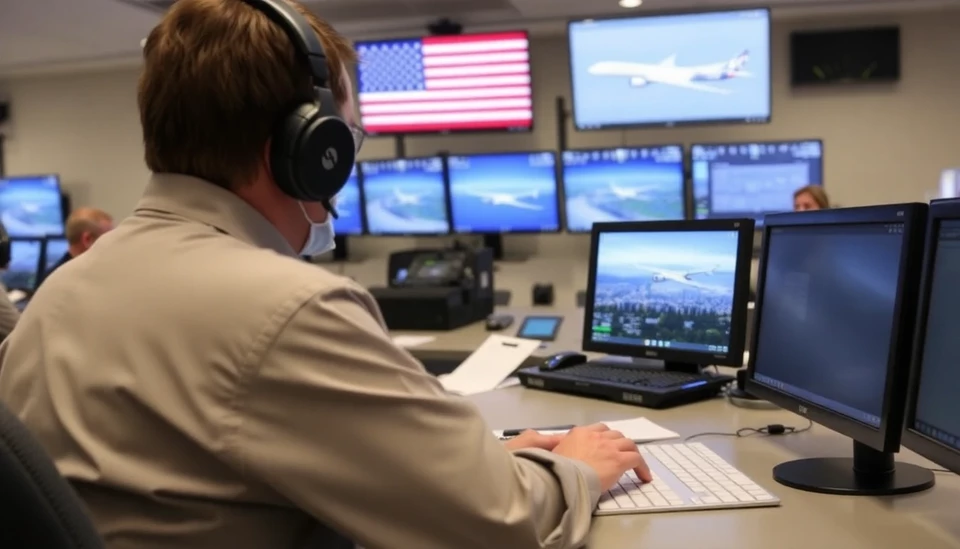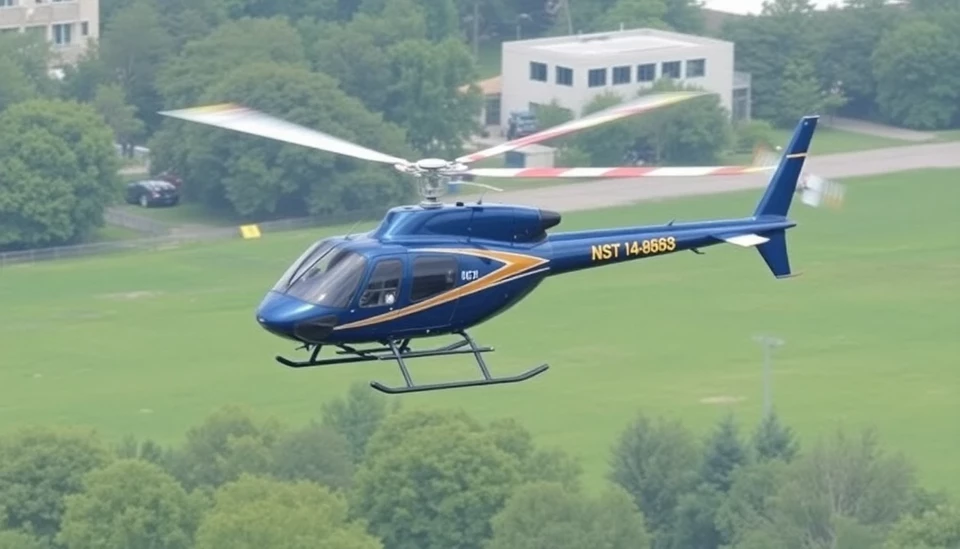
In the wake of a troubling air traffic incident that raised alarms across the aviation industry, the United States government is set to unveil a comprehensive plan aimed at bolstering the staffing levels within Air Traffic Control (ATC) departments nationwide. This decision comes as air travel demand continues to surge, placing unprecedented pressure on an already strained air traffic management system.
The plan, expected to be formally announced in the coming days, arises from a critical review of current staffing strategies in the aftermath of a significant crash that highlighted existing vulnerabilities in the nation's air traffic infrastructure. According to preliminary findings, the incident was partially attributed to a gap in communication and coordination among ATC personnel, prompting calls for immediate action to enhance training and staffing protocols.
Federal Aviation Administration (FAA) officials emphasized the necessity of filling the current vacancies within ATC positions. The staffing initiative aims to recruit a new wave of controllers to address the growing concerns in air safety and operational efficiency. Currently, the ATC workforce is facing significant shortages, which have led to increased workload for the existing staff and raised the risk of operational errors.
The new staffing proposal will not only focus on recruitment but will also involve a reassessment of the training programs for new hires. By implementing more rigorous training standards and ongoing education for current employees, the FAA hopes to cultivate a more skilled workforce capable of managing the complexities of modern air travel. Alongside this, the plan will introduce technological enhancements to support air traffic specialists in their decision-making processes.
In addition to increasing headcount, stakeholders are advocating for additional budget allocations to ensure that training facilities and resources are equipped to support the expected influx of new personnel. This financial commitment underscores the government’s recognition of the crucial role that ATC plays in ensuring safe and efficient air travel.
As the FAA prepares to roll out these initiatives, the aviation community and safety advocates are keeping a close watch. The hope is that these steps will lead to a stronger and more reliable air traffic control system, eliminating the kind of lapses that contributed to the recent incident and restoring confidence among passengers and airlines alike.
The urgency of this plan reflects a broader conversation within the aviation sector about safety, efficiency, and the challenges posed by increased air traffic volumes. As the aviation industry rebounds from years of disruptions caused by the pandemic, the government’s proactivity in addressing staffing challenges will be critical in determining the resilience of the air travel system moving forward.
As discussions continue about the implications of the staffing boost on overall air transport safety, industry experts warn that swift execution of these plans will be essential. The ultimate goal remains clear: to ensure that every flight is as safe as possible and that the air traffic control network is fortified against both current and future challenges.
#AirTrafficControl #USGovernment #AviationSafety #AirTravel #FAA #StaffingBoost #AviationIndustry #SafetyProtocols
Author: Victoria Adams




